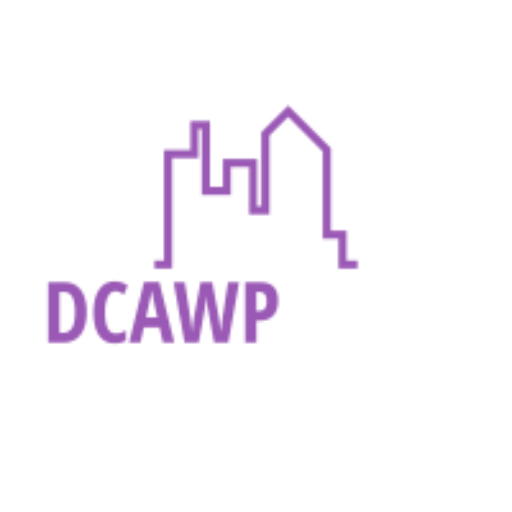How the Reggio Emilia Approach Transforms Early Childhood Education

Introduction to Reggio Emilia Approach
The Reggio Emilia model, named after the Italian town where it originated, is a progressive and innovative teaching method that centers the child at the center of the learning experience. It is a constructivist, student-centered approach that promotes learning and critical thinking in children by allowing them to explore and discover independently. It focuses on fostering lifelong learners who are interested, engaged, and creative. Educators act as facilitators, encouraging exploration and collaboration among students and recognizing children as active participants in their education.
Principles of Reggio Emilia
The Reggio Emilia approach is a teaching method based on core principles, including the child’s image, the environment’s role, and the importance of parental involvement. It views children as active constructors of knowledge, with the environment acting as the ‘third teacher.’ The physical environment encourages interaction and collaboration, making it an integral educational experience. Active parental involvement enhances the learning experience, creating a committed community committed to education. This approach ensures a coherent and supportive educational journey.
Benefits of the Approach
- Encourages creativity and critical thinking
- Promotes collaborative learning
- Enhances emotional and social development
- Fosters a lifelong love for learning
This approach to early childhood education benefits children development. It nurtures individuality and encourages creative expression, fostering critical thinking and emotional intelligence. The approach also promotes social skills and teamwork, fostering a love for learning from an early age. This approach is crucial for children’s future success and helps them become lifelong learners, curious, and enthusiastic about the world.
Real-Life Applications and Success Stories
The Reggio Emilia approach, a method of problem-solving and teaching children to parents, has been successfully implemented in schools worldwide, particularly in the United States. The approach has improved children’s engagement and learning outcomes, with Chicago being a notable example. This success is not unique, as many schools worldwide have seen positive outcomes, demonstrating the applicability and effectiveness of the Reggio Emilia Approach.
How to Implement Reggio Emilia in Classrooms
Transitioning to the Reggio Emilia approach requires a shift in mindset for educators and administrators. Here are some steps to get started:
- Foster a collaborative relationship between children and educators. Mutual respect and partnership between students and teachers are the foundation of the Reggio Emilia approach.
- Design classrooms that are comfortable, aesthetically pleasing, and conducive to exploration. The environment should be arranged intentionally to inspire discovery and learning.
- Include community members and parents in the educational process. This involvement ensures that learning extends beyond the classroom and reinforces the educational principles at home.
- Use documentation as a tool for assessment and reflection. Recording and displaying children’s work and progress celebrates achievements and provides insight into their learning paths and needs.
Implementing these steps requires careful planning and open communication among all stakeholders. Sessions and workshops can further aid educators in understanding and applying these principles effectively. Consistent reflection and modification are also necessary to customize the strategy to the particular requirements of each classroom and student.




